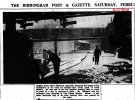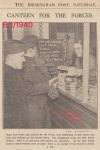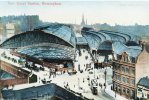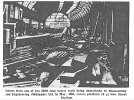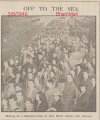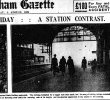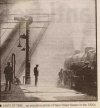jmadone
master brummie
That old picture could suggest a special train is due to arrive or something unusual is going to happen. I believe the left hand side is Midland Railway and the right hand side the London & North Western. The colours look correct for the L&NWR






